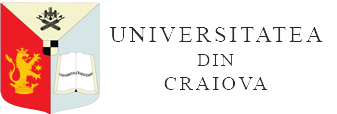THE GRASSLANDS AND SHRUBLANDS FROM THE CORCOVA HILLS, MEHEDINTI COUNTY, ROMANIA: OPTIMAL HABITATS FOR THE TESTUDO HERMANNI SPECIES
DOI:
https://doi.org/10.52846/aamc.v53i2.1454Abstract
The studies were conducted in the hills located within the Corcova commune, an area with a significant Testudo hermanni population. The climate, with subtle sub-Mediterranean influences, along with a food source comprising wild shrub fruits and other vegetative organs, provided favourable conditions for the reproduction and survival of this species.
The meadows in this region are predominantly characterized by plant associations such as Festuco-Brometea and Danthonio-Brachypodion. In some areas, the meadows are invaded by shrubs like Prunus spinosa and species from the Crataegus, Rosa and Rubus genera. One advantage for this species is the sandy substrate in the higher hills, which facilitates egg laying. As a result, approximately 100 young turtles begin their livesin this area each year. Recent climate changes, marked by very dry summers and autumns, the negative influence of zooanthropogenic factors in the area, etc. have determined the degradation of habitats. This resulted in the movement of turtles to other regions, including household areas and the Motru river meadow. Currently, the future distribution area of the Testudo hermanni species is uncertain, but it is expectedthat a reduction in the number of individuals in the population will be reached.


